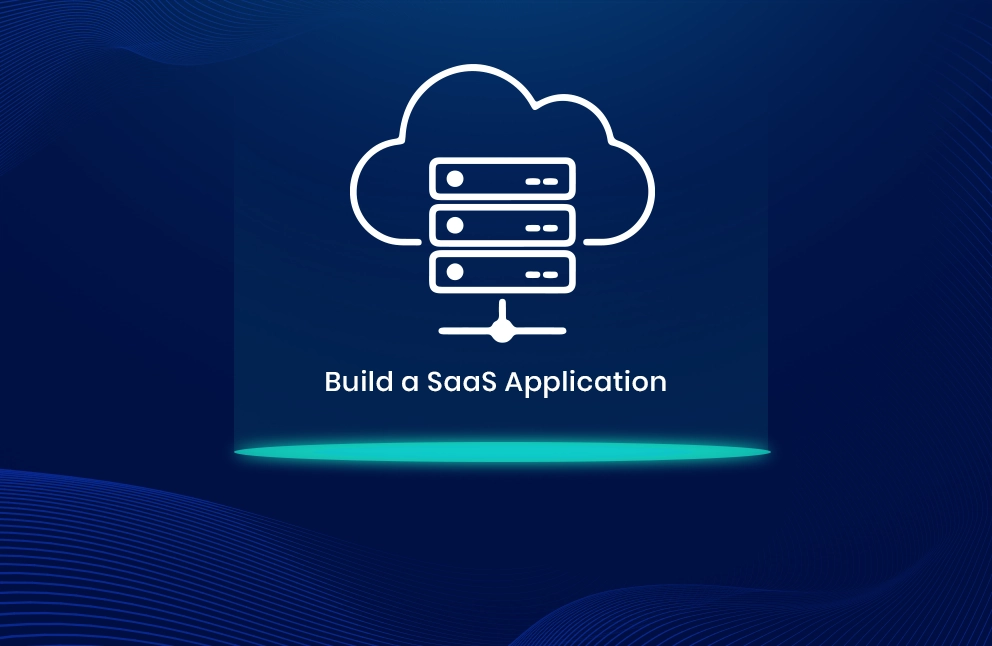Compare on-premises and Cloud solutions to find the best fit for your business. Explore costs, security, control, and scalability before making your decision.
Every business today runs on software. Whether it’s your billing system, HR tools, inventory or customer records, you rely on tech to keep things moving. But there’s a decision hiding behind all this software that most people don’t think about right away: where it lives.
You either run your software and store your data on your machines (called on-premise) or you let someone else do it on the internet (that’s the cloud). Both have real pros and cons. The choice depends on how much control you want, how much money you’re ready to spend, how quickly you want to scale and what kind of team you have behind you.
This guide breaks it down. No technical jargon. No IT degrees required. Just the stuff you need to know.
What is On-Premise?
On-premise is short for on-premises. When you go for on-premise applications and software, it means your software is installed directly on computers or servers you own. You run it. You maintain it. You store your data locally, usually on-site. That’s why it’s called on-premise. It lives in your office, not somewhere in the cloud.
You pay for the on-premise software upfront. You might also need to pay for licences, equipment and an IT team to keep it all running. Updates? Your team handles those. Backups? You do that too. Security? All on you.
This setup gives you full control. You decide who can access what and when. Your data stays with you. There’s no third-party hosting it and you’re not relying on someone else’s internet servers to keep things running.
But control comes with responsibility. If something breaks, you fix it. If there’s a cyberattack, you deal with it. And if you suddenly need to scale or add more users, that can take time and money.
What is Cloud Computing?
Cloud computing is different. The software and data live on servers owned by someone else, present on a cloud-based server. It is usually a cloud provider like Amazon, Microsoft or Google. You access it online. You don’t install the software. You don’t buy servers. You don’t set up physical cloud computing infrastructure. You just sign up, log in and start using the tools.
The provider takes care of updates, backups and most of the security. You usually pay monthly or yearly, based on how many users you have or how much storage you use.
With cloud computing deployment, the setup is faster and easier to scale. If you hire new people, you can just add users. If you need more space, you upgrade your plan. No hardware upgrades, no long-term planning, no IT room full of noisy servers.
A cloud computing environment also works well for remote teams. Anyone with an internet connection and login credentials can access what they need from anywhere. This became especially useful during the pandemic when remote work became the norm for many companies.
On-Premise vs Cloud: Side-by-Side
|
Feature |
On-Premise |
Cloud |
|
Setup |
Installed on your servers | Accessed through the internet |
|
Cost |
High upfront spend | Ongoing monthly or annual fees |
|
Control |
Full control over data and systems |
Limited control, the provider manages it |
|
Maintenance |
You handle everything |
Provider handles updates and backups |
|
Security |
You manage it |
Provider offers built-in protection |
|
Scalability |
Requires new hardware and time |
Can scale quickly and easily |
| Accessibility |
Usually local, office-based |
Accessible from anywhere |
This table doesn’t tell you what’s better. It tells you what’s different. The right choice depends on what you care about most.
Costs of Server Hardware: On-Premise vs Cloud
Let us discuss the costs of the server hardware and other factors in both scenarios. With an on-premise environment, you pay a lot up front. That includes hardware, software licences, network infrastructure and people to run it all. You also have ongoing costs like electricity, repairs and upgrades.
But once it’s set up, those costs may flatten out. If you don’t plan to scale quickly or switch tools often, it can be more stable financially in the long run.
With cloud, the upfront cost is low or sometimes nothing. But you keep paying. Subscriptions add up, especially if you have a large team or need lots of storage. You’re also at the mercy of pricing changes. A provider could raise fees, and you either pay or migrate your systems somewhere else, which takes time and effort.
So the cloud feels lighter at first, but depending on your growth, it might cost more over time. On-premise is heavier to start, but you’re not stuck in a contract.
What About Security?
This is one of the most debated parts.
With on-premises, you control your security. You choose the firewall, the antivirus and the backup system. You decide how often you check for vulnerabilities. That’s good if you have an experienced team and clear policies. It’s risky if you don’t.
Cloud providers invest heavily in security. They run updates, monitor for threats and offer protections that most small companies can’t afford to build in-house. But no system is perfect. You still need to manage user access, avoid weak passwords and train your staff to avoid phishing attacks.
Security is not just about the system. It’s also about the people using it.
What is a Hybrid Cloud?
Not everything needs to live in one place. Many businesses use a mix of on-premise and cloud tools. This is called a hybrid cloud setup, and many companies provide hybrid cloud solutions.
For example, you might run your payroll or finance systems on-premises because they contain sensitive data. But you use cloud tools like Google Workspace or Microsoft 365 for email, documents and meetings.
Hybrid gives you flexibility. You keep control where it matters most and use cloud convenience for everything else.
Case Study: Cleo Integration Cloud
Cleo Integration Cloud is a platform that helps companies connect different systems and partners in one place. It’s fully cloud-based.
That means businesses using Cleo don’t need to install anything or manage servers. They get faster setups, fewer errors, and better visibility across operations. It also helps teams adapt quickly when partners or processes change.
Cleo is a good example of how cloud-based tools can simplify things while still offering power and flexibility.
Final Thoughts
If you’re a company that needs full control, has a solid IT team and doesn’t plan to scale fast, on-premise could work well. You own everything. You control everything. But you also have to manage everything.
If you want quick setup, flexible scaling and fewer internal headaches, the cloud is worth considering. You trade some control for convenience and speed.
If you’re in between, a hybrid approach gives you the best of both. Keep your core data in-house. Use the cloud for everything else.
Whatever you choose, make sure it matches how your business works, not how someone else says it should.

Gaurang Joshi
Lead DevOps Engineer
Lead DevOps Engineer
